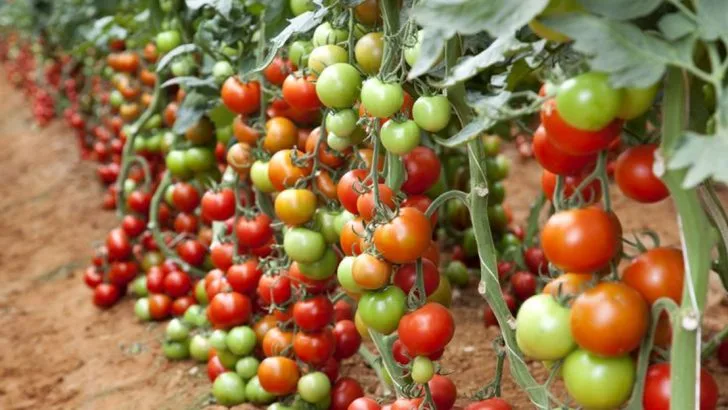Some crops act like loyal friends—low-maintenance, always there when you need them. Others? Total divas. You prep the soil, pamper them with water, whisper sweet nothings—and still, they flop at the first sign of stress. If you’re tired of crops that ghost you just when harvest season hits, it’s time to meet the ones that actually show up. No drama. No fragile egos. Just solid growth and food on your table. This list separates the self-starters from the heartbreakers. The crops that practically grow while you blink—and the ones that test your patience, your wallet, and your will to garden. Ready to plant smarter, not harder? Let’s dig into the edibles that carry their weight—and the ones that need to be voted off your plot.
Lettuce
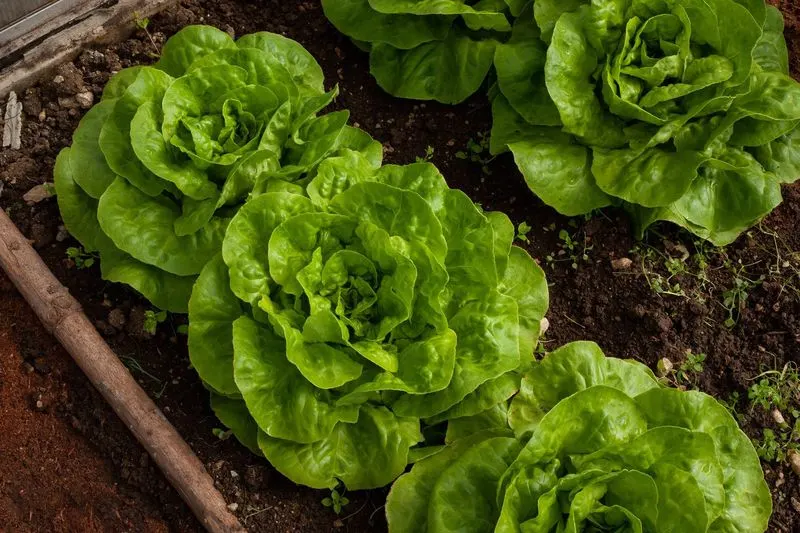
Lettuce is a gardener’s delight, requiring little effort to flourish. Its tender leaves sprout quickly, making it perfect for impatient green thumbs. The cool, crisp texture is a refreshing addition to any meal. Planting lettuce in early spring or fall ensures a continuous harvest, as it thrives in cooler temperatures.
Interestingly, lettuce has a rich history dating back to ancient Egypt, where it was revered as a symbol of fertility. With minimal pests and diseases, lettuce grows happily in well-drained soil. Add it to your garden, and enjoy fresh salads with ease.
Zucchini
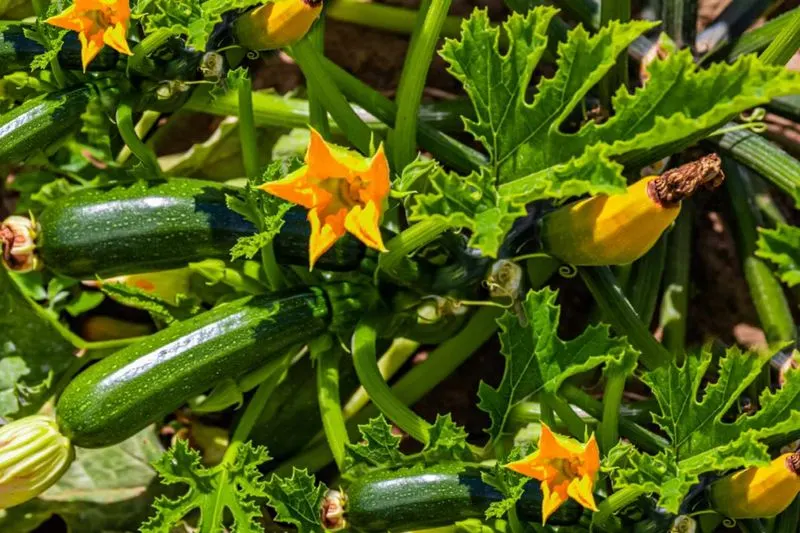
Zucchini is the garden’s overachiever, producing copious amounts without much fuss. Its vibrant blossoms attract pollinators, ensuring a bountiful harvest. As a versatile vegetable, zucchini can be grilled, baked, or spiralized into noodles.
Originating from Italy, zucchini has become a staple in gardens worldwide. It prefers full sun and occasional watering, and its rapid growth will surprise any gardener. Be prepared to share the abundance with friends and neighbors, as zucchini often produces more than one household can consume.
Tomatoes
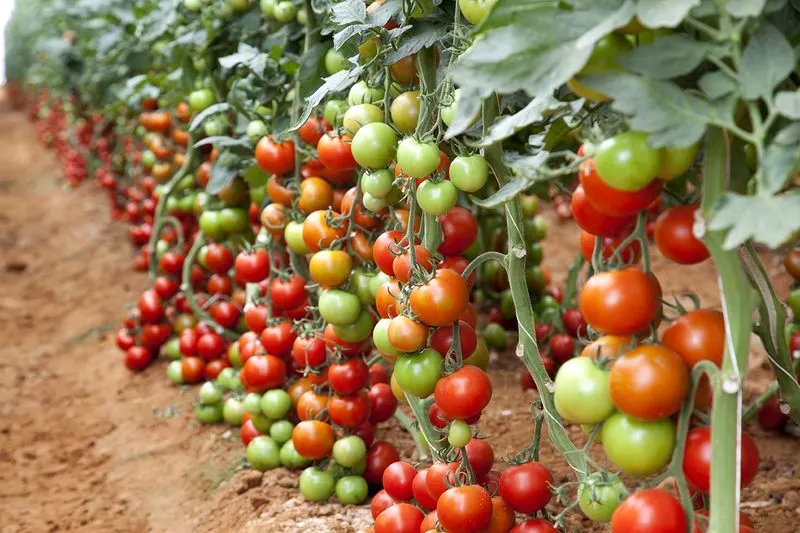
Tomatoes are the pride of many gardeners, thriving with minimal effort. Their juicy, sweet flavor is unmatched when picked fresh from the vine. Starting from seeds or seedlings, tomatoes need sunlight and regular watering to flourish. Stake them well, and watch them climb.
Did you know tomatoes were once considered toxic? Today, they’re a garden favorite. Prone to blossom-end rot, they benefit from calcium-rich soil. With proper care, a single plant can yield dozens of tomatoes, perfect for sauces, salads, or eating straight off the vine.
Radishes
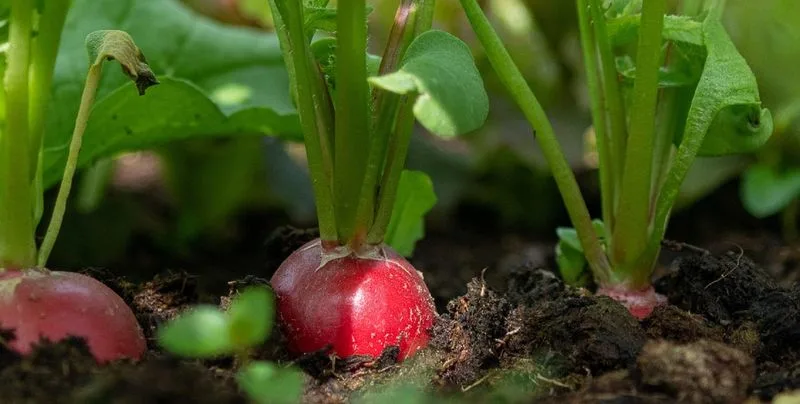
Radishes are incredibly easy to grow, offering a peppery crunch that delights the palate. They mature quickly, making them perfect for gardeners seeking immediate gratification. Radishes thrive in cooler weather and can be sown in spring and fall.
Fun fact: Ancient Greeks and Romans prized radishes, often carving them into shapes. While they require little care, watch out for beetles, which can be deterred by companion planting. Harvest radishes early for the best flavor, and enjoy them sliced in salads or as a crunchy snack.
Beans
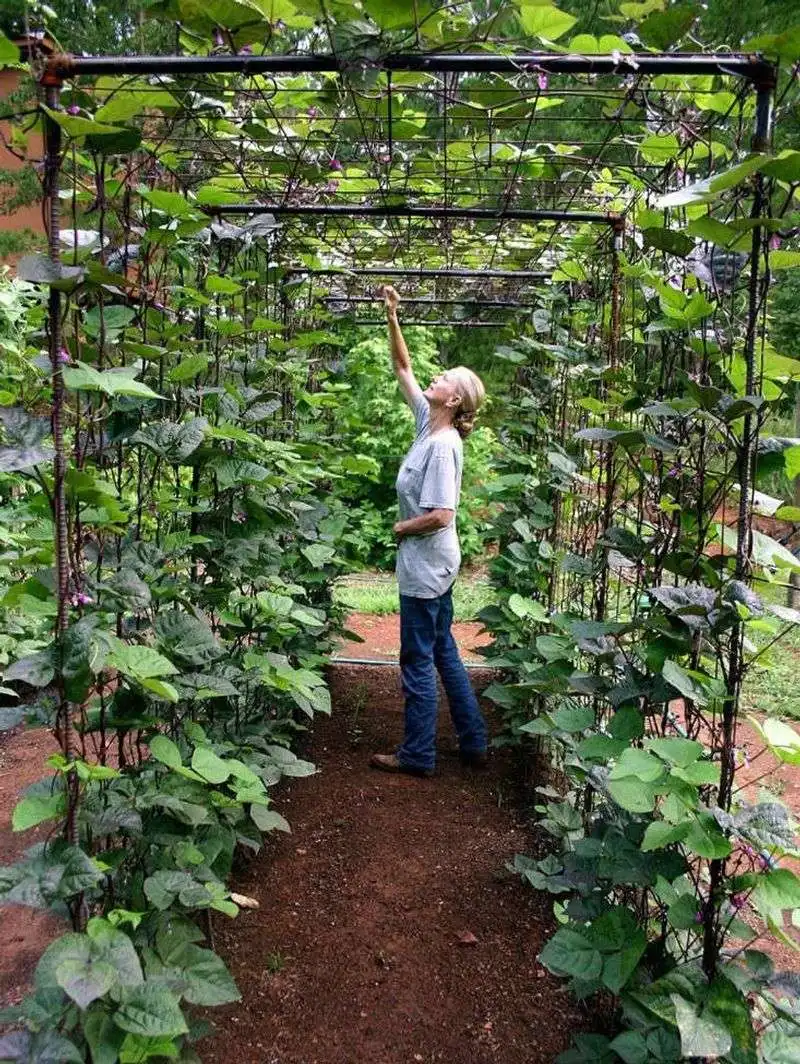
Beans are the reliable workhorse of any garden. They grow rapidly and require minimal care, making them a favorite for beginners. Whether they’re bush or pole varieties, beans offer a generous harvest.
Did you know beans fix nitrogen in the soil, benefiting companion plants? They prefer warm weather and full sun. Provide sturdy support for pole beans, and watch them reach for the sky. Beans are versatile, nutritious, and can be eaten fresh, dried, or canned, making them a staple in kitchens worldwide.
Potatoes
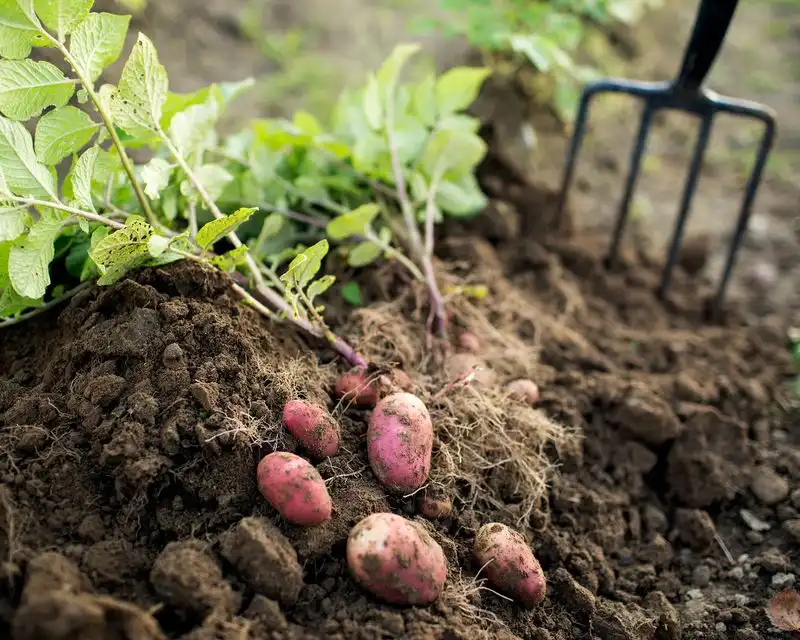
Potatoes are the unsung heroes of the garden, growing well with little care. Their underground tubers develop in a range of soils, making them adaptable and forgiving. Plant potatoes in trenches, cover with soil, and let them do their magic.
Hailing from the Andes, potatoes have sustained civilizations for centuries. They require minimal watering and are resistant to many pests. When the foliage wilts, it’s time to harvest. Enjoy the earthy taste of home-grown potatoes in a multitude of dishes, from fries to soups.
Garlic
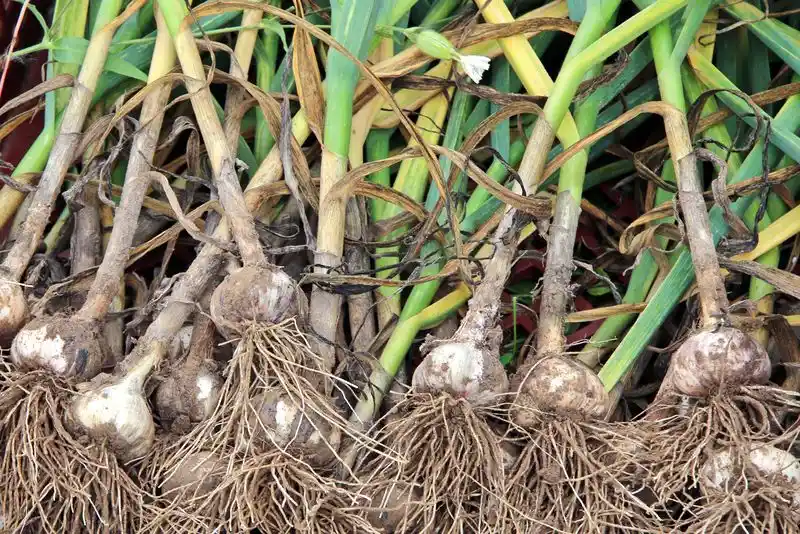
Garlic is the sturdy, reliable crop every gardener loves. Plant cloves in fall, and by summer, you’ll have a bountiful harvest. Its robust flavor enhances many culinary creations, from garlic bread to stir-fries.
Garlic’s history traces back to ancient civilizations, where it was valued for its medicinal properties. It thrives in well-drained soil and requires minimal care. Once the leaves begin to yellow, it’s time to pull up the bulbs. Store them in a cool, dry place, and enjoy the rich taste of homegrown garlic.
Spinach

Spinach is a quick-growing, nutrient-rich crop that practically grows itself. Its dark, leafy greens are packed with vitamins, making it a superfood for the health-conscious gardener. Plant spinach in early spring or fall for best results.
Historically, spinach was cultivated in ancient Persia and eventually spread across the globe. It thrives in cool weather and tolerates partial shade. Keep the soil moist, and watch it flourish. Whether in salads, smoothies, or sautéed, spinach adds a nutritious punch to any dish.
Nasturtiums
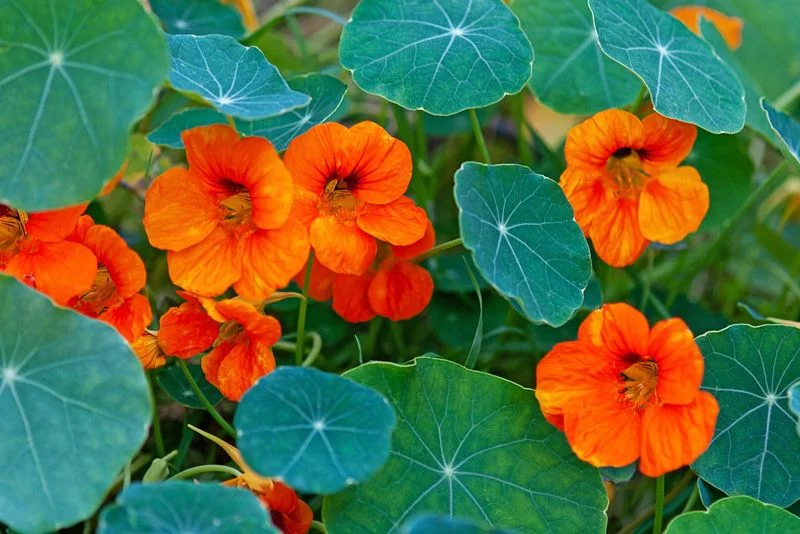
Nasturtiums are both beautiful and beneficial, serving as a trap crop for aphids. Their bright, edible flowers add color and spice to salads. Easy to grow, they thrive in poor soil and require little care.
Originating from South America, nasturtiums were prized by the Incas for their medicinal uses. They deter pests and attract pollinators, enhancing any garden. Plant them along borders, and enjoy their peppery leaves and blossoms. Nasturtiums are a delightful addition to both the garden and the kitchen.
Chives
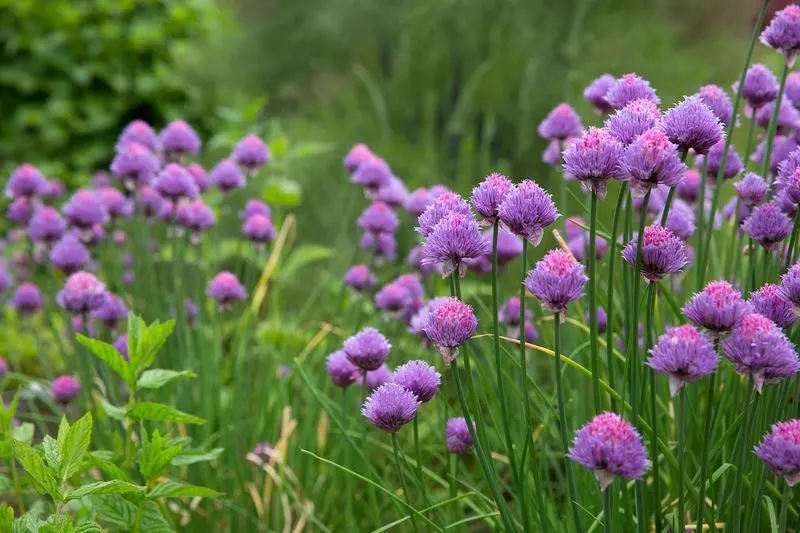
Chives are the perennial that keeps on giving, with delicate green shoots that add a mild onion flavor to dishes. They require little maintenance, thriving in sunny spots with well-drained soil. Cut them regularly, and they’ll continue to flourish.
Ancient Greeks and Romans used chives for both culinary and medicinal purposes. These hardy plants are resistant to pests and diseases, making them a staple in any herb garden. Add chives to salads, soups, or omelets for a fresh, flavorful touch.
Carrots
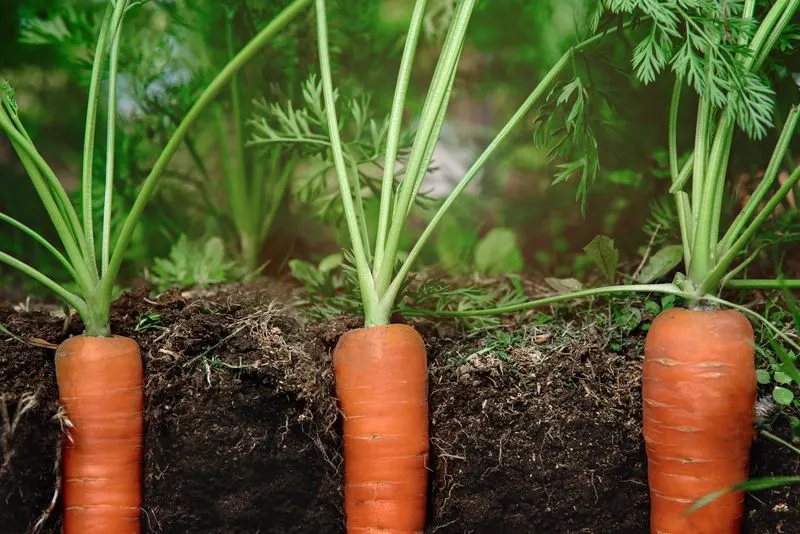
Carrots are the vibrant gems of the garden, known for their sweet, crunchy texture. They grow well in loose, sandy soil, and require minimal attention. A favorite among children, these root vegetables can be eaten raw or cooked.
Carrots have been cultivated for over a thousand years, originating in Persia. They contain beta-carotene, essential for vision health. Ensure consistent watering to prevent splitting, and watch them thrive. With a little patience, your garden will yield an abundant harvest of this nutritious vegetable.
Celery
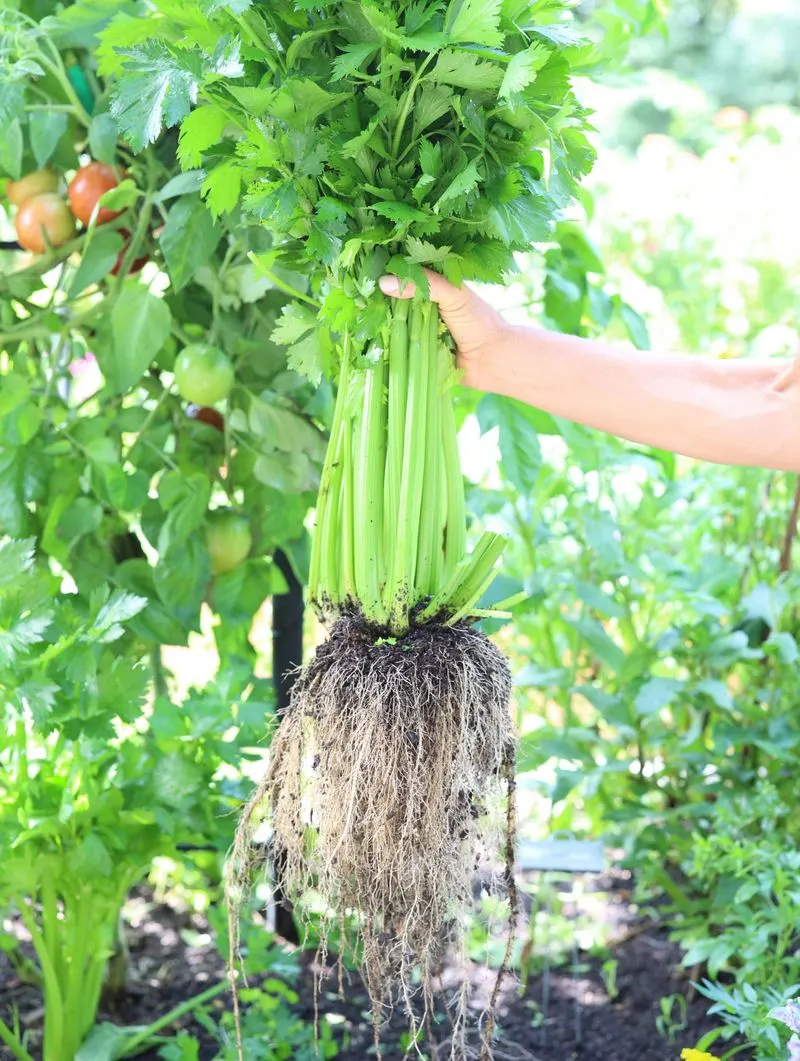
Celery can be a challenging crop, demanding consistent moisture and rich soil. Its crisp, refreshing stalks are a kitchen staple, but achieving the perfect growth takes effort. Celery is prone to pests like slugs and requires vigilant care.
Originating from the Mediterranean, celery was once considered an herbal medicine. For successful cultivation, ensure ample watering and fertile soil. Despite the challenges, the reward of homegrown celery is unmatched, offering a satisfying crunch in salads and soups. But be prepared for the journey, as celery can often be a letdown.
Broccoli
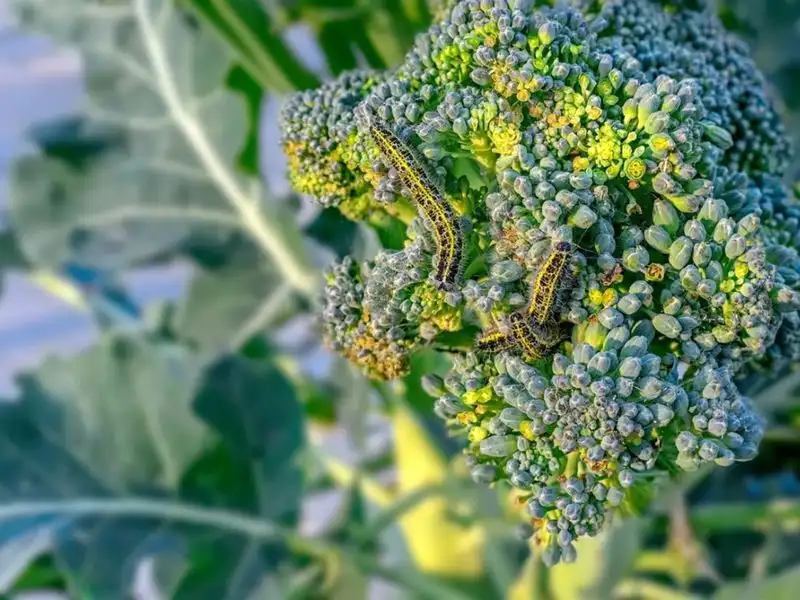
Broccoli often disappoints gardeners with its finicky nature. It requires cool temperatures and rich soil to thrive, making it a demanding crop. Despite its nutritional benefits, growing broccoli can be an uphill battle.
This vegetable traces its roots back to Italy, where it was cultivated for centuries. Broccoli is susceptible to pests and diseases, requiring constant vigilance. For those willing to invest the effort, homegrown broccoli offers a rich, earthy flavor. Yet, many find themselves battling conditions that can make broccoli a challenging endeavor.
Cauliflower
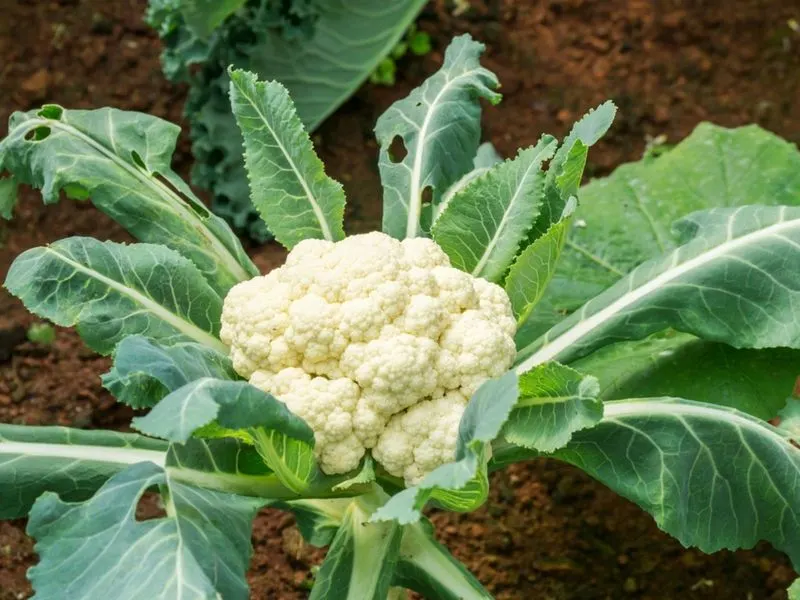
Cauliflower’s appeal is often marred by its demanding nature. It requires consistent temperatures and fertile soil to produce quality heads. Known for its versatility, cauliflower is a favorite in many cuisines, yet growing it can be frustrating.
Originating from the Mediterranean, cauliflower is sensitive to heat and pests, needing careful management. Despite these challenges, its mild, nutty flavor makes it worthwhile for those who succeed. However, many gardeners find it difficult to cultivate, leading to disappointment when conditions aren’t ideal.
Peppers
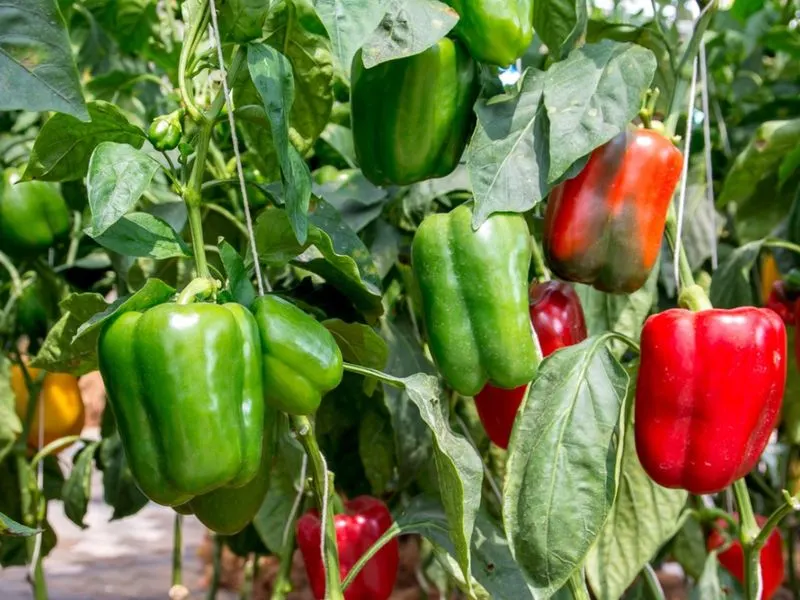
Peppers, both sweet and hot, can be challenging to grow, requiring warmth and patience. These colorful fruits demand well-drained soil and regular feeding for optimal growth. Despite their appeal, peppers often frustrate gardeners with their finicky nature.
Originating from Central and South America, peppers thrive in warm climates but struggle in cooler regions. Pests like aphids and issues like blossom-end rot can affect yields. However, successful cultivation results in a flavorful bounty, perfect for spicing up dishes. Yet, they remain a tricky crop for many.
Eggplant
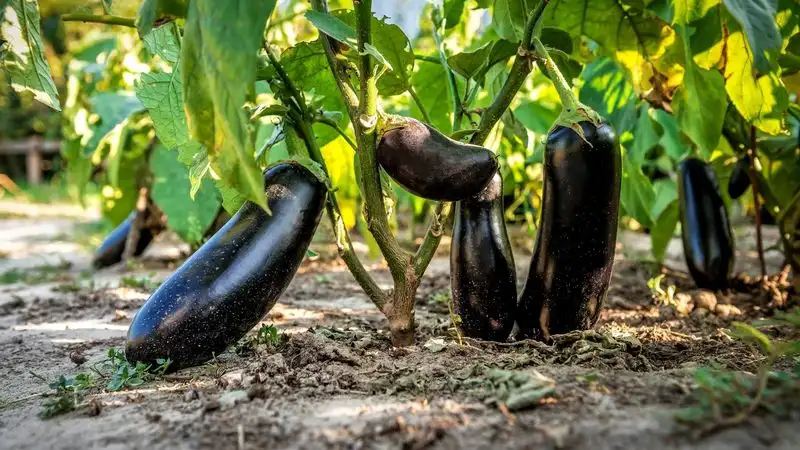
Eggplants are as temperamental as they are beautiful. These glossy purple fruits demand warmth, rich soil, and consistent care. Originating from India, eggplants have graced gardens for centuries, yet they often test a gardener’s patience.
Eggplants face threats from pests like flea beetles and require protection from the cold. Despite these challenges, their rich, meaty texture makes them a favorite in many cuisines. With effort, they can thrive, offering a bountiful harvest. Yet, many find the journey to growing eggplants fraught with obstacles and setbacks.
Brussels Sprouts
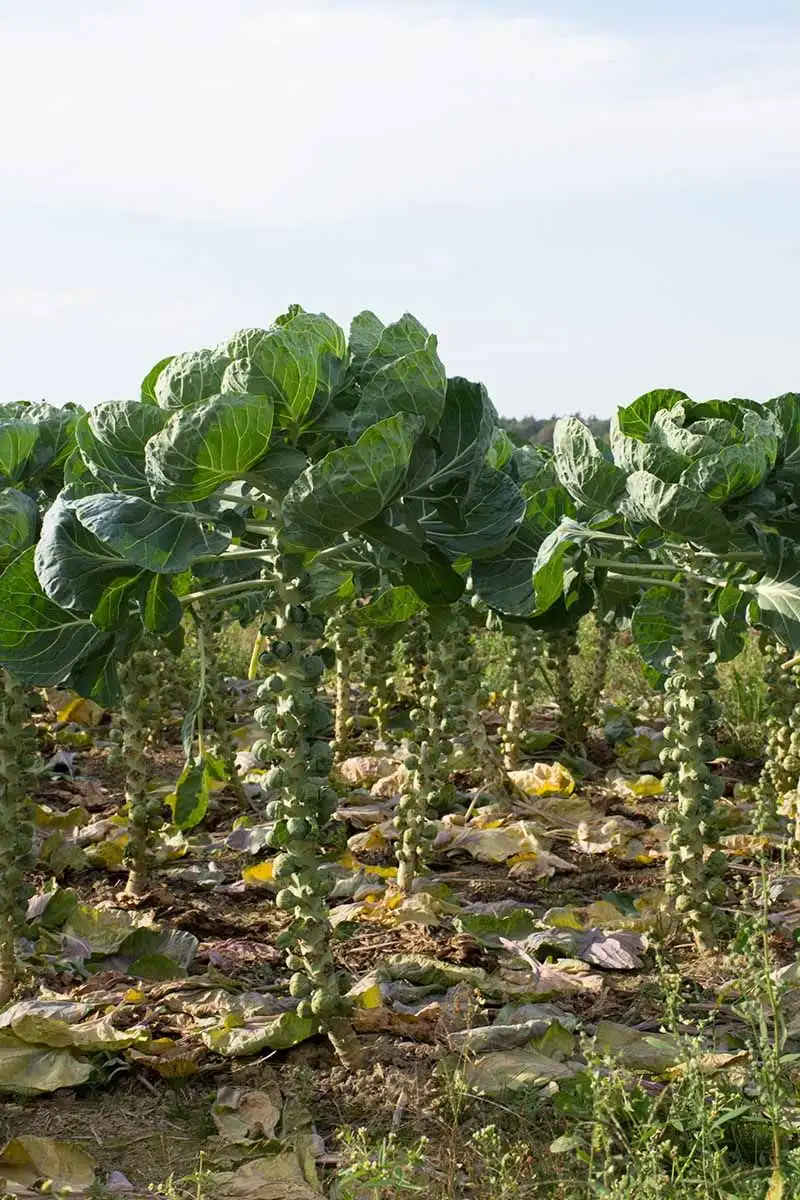
Brussels sprouts are notorious for their slow growth and susceptibility to pests. These miniature cabbages need a long growing season and cool temperatures, making them a challenging crop.
Despite their European origins and nutritional value, many gardeners abandon Brussels sprouts due to the effort required. They need protection from pests like aphids and caterpillars. For those who succeed, the reward is a harvest of delicious, nutrient-packed greens. However, the path to success with Brussels sprouts is often littered with challenges.
Kale
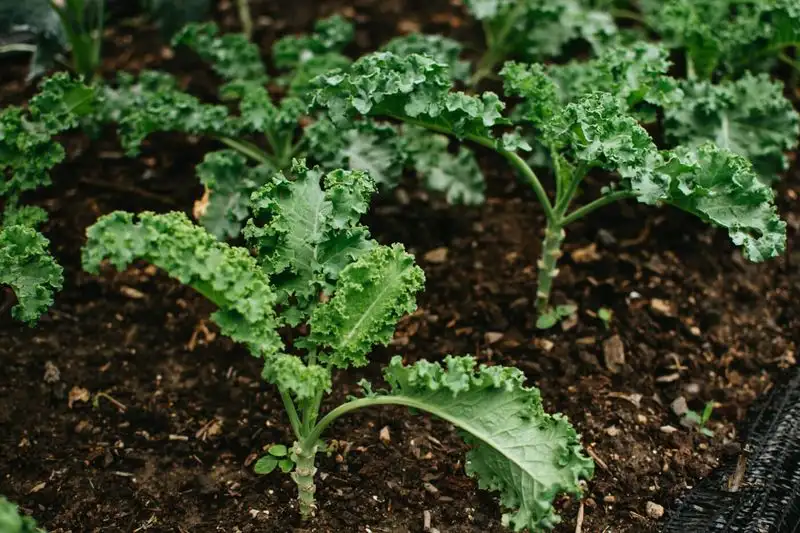
Kale often impresses with its resilience and health benefits. This leafy green thrives in various climates, offering a nutritional punch with minimal effort. Originating from the Eastern Mediterranean, kale has become a staple in modern diets.
It prefers cooler weather and can survive frost, making it a reliable crop. Kale is less prone to pests but appreciates regular watering. Its robust flavor enhances salads, smoothies, and stir-fries. For gardeners looking for a dependable and versatile green, kale stands out as a rewarding choice.

